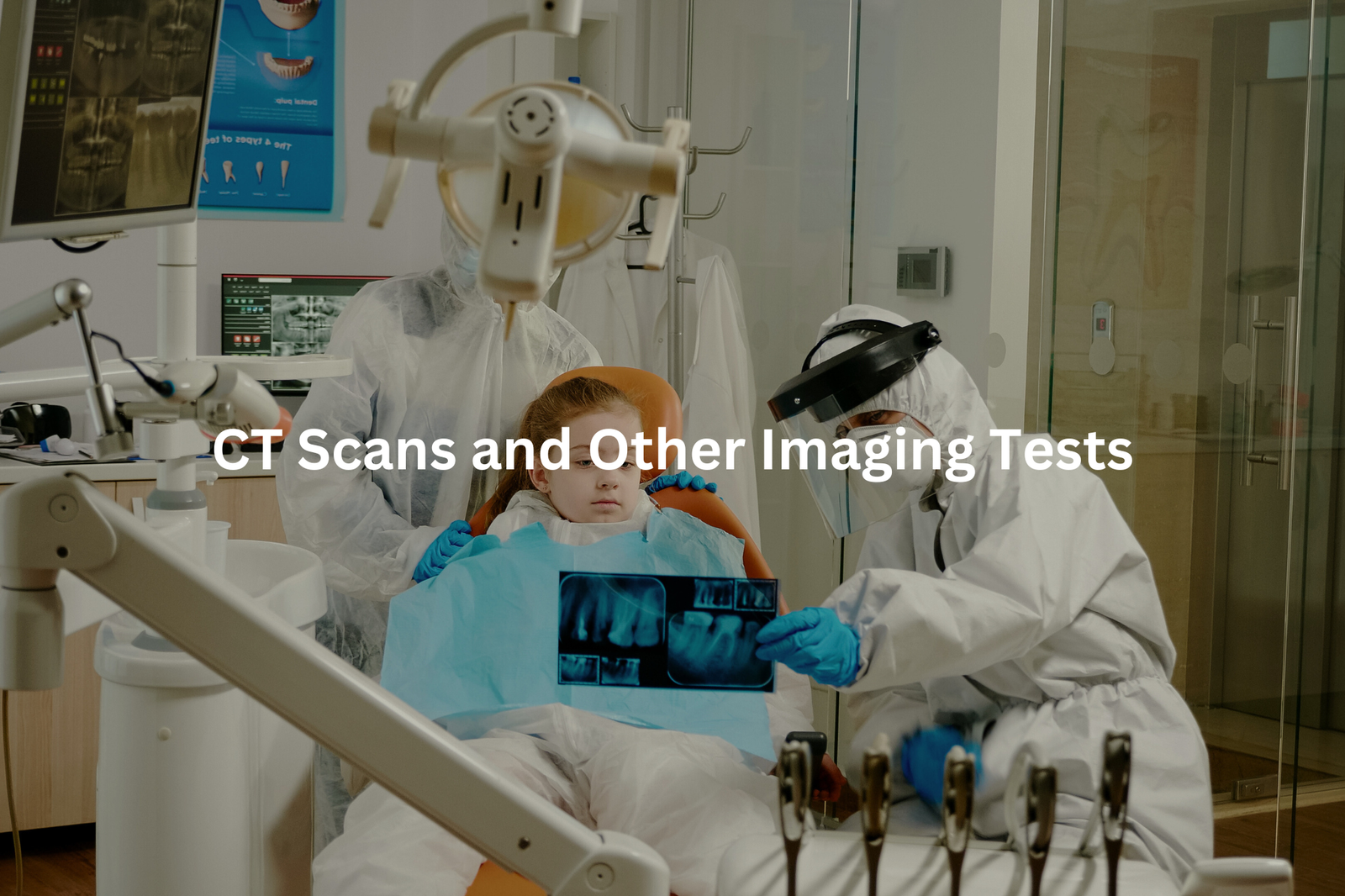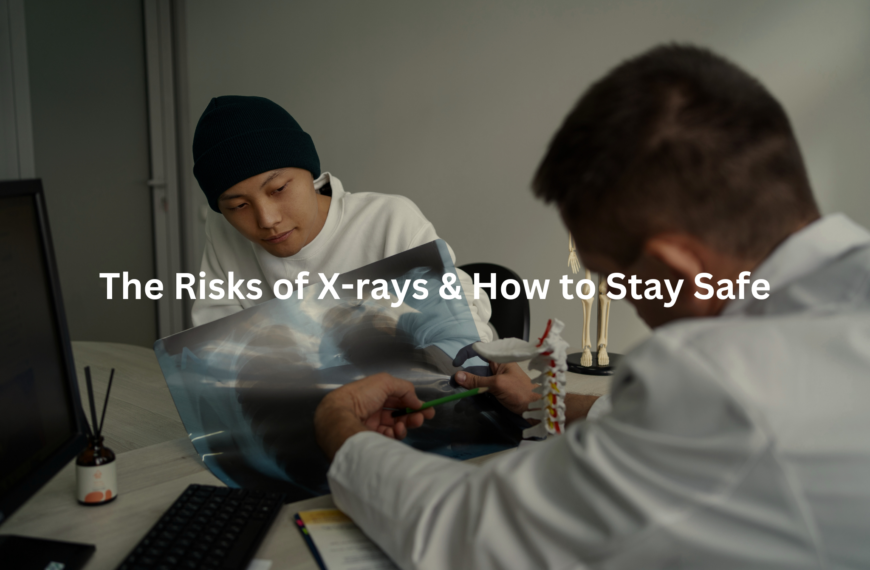MRIs and CT scans can be overwhelming for kids. Use these preparation tips to help your child stay calm and feel safe during their imaging test.
MRI machines create detailed pictures of the body through magnetic fields and radio waves. The large, tunnel-shaped scanner might look scary to kids (measuring about 2 meters long and 1.5 meters tall). Parents can take simple steps to reduce their child’s anxiety before the scan. A soft toy or favourite blanket offers comfort during the 20-60 minute procedure.
Medical staff often provide special headphones to block out the machine’s knocking sounds. Kids can watch educational videos about MRI scans to understand the process better. Most hospitals let parents stay in the room, sitting near their child’s feet during the scan. Keep reading for more helpful tips!
Key Takeaway
- Familiarise your child with the imaging process.
- Bring comfort items like stuffed animals to ease anxiety.
- Use positive reinforcement to boost their confidence.
Understanding Kids and Imaging Tests
MRI machines create detailed pictures of the body using magnets and radio waves. The process takes about 20-30 minutes, and children need to stay completely still during the scan. The machine makes loud clicking and humming noises, but it doesn’t cause any pain.
Different types of scans serve different purposes:
- MRI scans show soft tissues, muscles, and organs
- CT scans (using small amounts of radiation) reveal bones and bleeding
- X-rays take quick pictures of bones and joints
Most hospitals make the experience less scary by:
- Letting kids wear headphones
- Playing movies during the scan
- Allowing a comfort item nearby
- Offering practice sessions
Children who understand what’s happening tend to feel more at ease. Mock MRI sessions help them get used to the machine before the actual scan. Some medical centres provide special headphones that block out 90% of the machine’s noise while still letting kids hear instructions from the technician(1). Practice lying still at home can make the real scan much easier.
Preparing Your Child for an MRI
Sources: The Royal Children’s Hospital Melbourne.
MRI scans can feel overwhelming for young patients, but proper preparation makes these medical tests much smoother. The large machine, which uses magnetic fields and radio waves to create detailed body images, often causes anxiety in children(2).
Several strategies help children cope with MRI procedures:
- Practice sessions in mock MRI machines let kids explore the scanner environment without pressure (available at major Australian hospitals)
- Comfort items like soft toys or blankets can accompany children during the scan, if MRI-safe
- Simple stillness games at home build up tolerance for the 15-45 minute procedure
- Open discussion about the process reduces fear of the unknown
Some facilities offer special MRI-compatible video goggles, turning the scan into entertainment time. For very anxious children, medical teams might suggest light sedation to ensure clear images.
The MRI machine creates loud knocking sounds and requires patients to lie motionless in a confined space, but causes no pain or physical discomfort. Understanding these facts often eases children’s concerns about the procedure.
CT Scans and Other Imaging Tests

CT scans (computed tomography) work a bit like a camera for the inside of the body. The machine looks like a big ring with a table that moves through it, taking detailed pictures using X-rays and computers.
During the scan, patients lie on a special table that slides into the ring-shaped scanner. The whole process takes about 5 to 10 minutes (much faster than an MRI which can take up to an hour). The scanner makes soft whirring noises while it works.
Some scans need contrast dye to make the pictures clearer. Children might need to:
- Drink a special liquid before the scan
- Fast for 6 hours if the scan includes the stomach
- Stay very still during the pictures
Medical staff use special tricks to help kids feel comfortable:
- Calling the scanner a “donut camera”
- Showing them how the table moves
- Letting them watch the controls light up
The radiation dose is kept as low as possible, and doctors only request CT scans when they’re really needed.
Coping Strategies for Kids

Medical imaging tests often create anxiety in young patients, but simple strategies can make these procedures less daunting. The right approach transforms a challenging medical moment into a manageable experience.
Distraction techniques work effectively during imaging procedures (like MRI, CT, or X-ray scans). A tablet loaded with favourite shows or games helps keep children’s minds occupied. Some radiology departments even offer special video goggles for longer scans.
Kids do better when they practice beforehand. For CT scans that need 15-20 second breath holds, families can try fun breathing games at home. Simple exercises, like pretending to blow out birthday candles, build confidence for scan day.
Comfort items make a difference too. Bringing a favourite plush toy (that doesn’t have metal parts) can provide security during the procedure. Some imaging centres let children choose their own music or projected ceiling images.
Clear, honest explanations about machine noises and scan duration help reduce fear. The process becomes less scary when kids understand what’s ahead.
The Day of the Test Imaging
Hospital visits can create anxiety in children. The unfamiliar environment, with its distinctive medical smells and hushed conversations, often triggers unease in young patients (ages 5–12).(3).
Parents should prepare their children before medical appointments. A child needs reassurance that a parent or guardian will stay nearby throughout the visit. Simple distractions work well – books, small toys, or electronic devices can make waiting periods more bearable.
Deep breathing exercises (inhaling for four counts, exhaling for four) help reduce stress levels. Looking away during procedures, like blood tests or vaccinations, makes the experience less daunting. Distraction techniques include:
- Counting games
- Spotting specific colours
- Simple word puzzles
- Quiet singing
Post-visit rewards build positive associations with medical care. A promised treat, like a visit to the local park or watching a favourite movie, reinforces trust. These strategies make future hospital visits more manageable for young patients.
Final Thoughts
Medical facilities often feel overwhelming with their towering ceilings and endless corridors. For young patients, these spaces can create anxiety, but proper preparation helps reduce their fears.
Medical staff recommend several strategies to help children cope with imaging procedures:
- Compare medical equipment to familiar objects (MRI machines look like spaceships, CT scanners resemble giant doughnuts)
- Allow comfort items during procedures (soft toys or blankets from home)
- Use child-friendly language (“picture-taking machine” instead of medical terms)
- Practice breathing exercises (inhale through nose, exhale through mouth)
- Offer positive reinforcement after procedures
Children respond better when medical staff explain procedures in simple terms: “This machine takes special pictures inside your body to help doctors understand what’s happening.” Questions should be encouraged, no matter how basic they might seem.
Rewards after procedures (like a special treat or activity) create positive associations with medical visits, making future appointments less stressful.
FAQ
What is a CT scan?
A CT (computed tomography) scan uses X-rays to create detailed images of the inside of your child’s body. It can help doctors diagnose a condition or injury by providing clear pictures of bones, organs, and soft tissues.
What is an MRI scan?
An MRI (magnetic resonance imaging) scan uses strong magnetic fields and radio waves to generate detailed images of the body’s internal structures, including soft tissues like the brain, muscles, and ligaments. It’s a useful tool for diagnosing many health issues.
What is an upper GI test?
An upper GI (gastrointestinal) test involves your child swallowing a liquid called barium, which coats the lining of the oesophagus, stomach, and small intestine. This allows the doctor to see these organs more clearly on X-ray images.
Who is on the care team?
The care team for your child’s imaging test may include radiologists, technologists, nurses, and child life specialists. They work together to ensure your child has a positive experience and gets the information they need.
How can my child cope with the test?
It’s normal for children to feel nervous about medical tests. You can help them cope by explaining what will happen, bringing a comfort item like a stuffed animal, and practising lying still. The care team can also suggest coping strategies.
How will my child feel during the test?
Most imaging tests are painless, but your child may feel some discomfort, such as lying still for a long time or having a probe or IV placed. Let the care team know if your child is feeling anxious or uncomfortable at any point.
Where can I find a fact sheet?
Your child’s healthcare provider or the imaging facility can give you a fact sheet with information about the specific test your child will have. This can help you both prepare and know what to expect.
What is a lead apron?
A lead apron is a protective garment worn during some imaging tests to shield parts of the body from radiation exposure. It’s an important safety measure, especially for growing children.
What does an MRI scanner look like?
An MRI scanner is a large, cylindrical machine that your child will lie inside during the test. It makes loud noises, so earplugs or headphones are often provided to make the experience more comfortable.
How does radiation exposure work?
Different imaging tests use varying amounts of radiation. The care team will take steps to minimise your child’s exposure, such as using the lowest possible radiation dose. They can explain the potential risks and benefits.
Conclusion
Medical imaging tests (like MRIs and CT scans) don’t need to stress kids out. Parents can bring their child’s comfort items – a stuffed animal or blanket – to the imaging centre. A clear, simple chat about what’s going to happen helps reduce fear. Some good ways to keep calm include deep breaths, counting games, or listening to music through headphones. Having mum or dad nearby makes kids feel protected during these medical visits.
References
- https://www.nps.org.au/consumers/imaging-and-children
- https://www.childrens.health.qld.gov.au/health-a-to-z/mri
- https://www.arpansa.gov.au/understanding-radiation/radiation-sources/more-radiation-sources/ct-imaging-and-children




